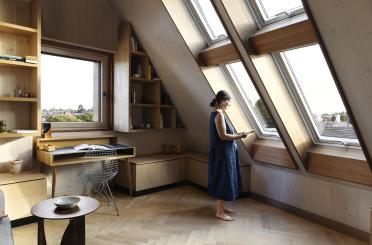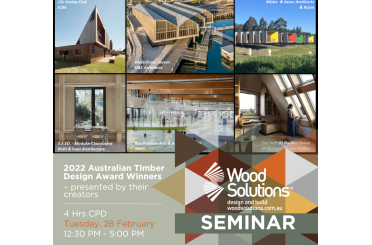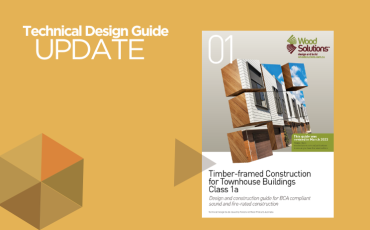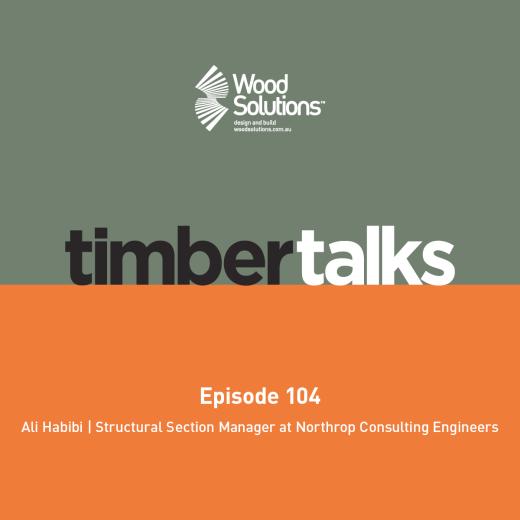Laminated Strand Lumber (LSL)
There are currently no Australian product standards or design rules for LSL, unlike some other engineered wood products (EWP's). LSL is produced in Canada and the United States and each producer has their own set of structural properties, eg. Wayerhaeuser who produce LSL under the product name TimberStrand or, when treated against termites and wood rot, StrandGuard.

The Hütt 01 PassivHaus
structural framing question
H2 roof and wall framing would usually be Hazard Class H2F if used south of the Tropic of Capricorn, marketed as 'Blue Pine'. Cut ends of H2F treated timber are not required to be resealed. If the timber is used north of the Tropic of Capricorn there is the potential for attack by the more destructive Mastotermes darwiniensis. H2F treatment is not considered to provide adequate protection, and H2 treatment is required. H2 framing is marketed as 'Red Pine'. Cut ends do not need to be resealed if one H2 member abuts another H2 member (eg.
Laminated Strand Lumber
Laminated Strand Lumber (LSL) is similar to LVL with the exception that it uses flakes, and not layers of veneers. LSL is produced primarily in North America. The flakes are pressed together with heat—using a steam injection press—and bonded by adhesives. In the case of LSL, flaked wood strands—the same as the raw material used for oriented strand board (OSB)—are blended with isocyanate adhesive to form billets that can be cut to a range of sizes.
Critical Radiant Flux of plywood, mdf, particleboard and masonite
CRF and smoke development rates for common species of plywood flooring are given in our Regulatory Information Report RIR 21419 v. 6.0, which can be downloaded free of charge via this link https://www.woodsolutions.com.au/resources/standards-codes/fire-test-reports.
2022 Australian Timber Design Award Winners Seminar

The 2022 Australian Timber Design Awards held in late December featured a diverse range of outstanding timber residential, commercial, and public projects.
recommended timber to use for timber roof construction in WA
In WA restrictions are in place to control the spread of the European House Borer, mandated by the Building Commission (BC) in August 2009 through Advisory Note 2009/002 as follows.
Are you looking for a supplier?


